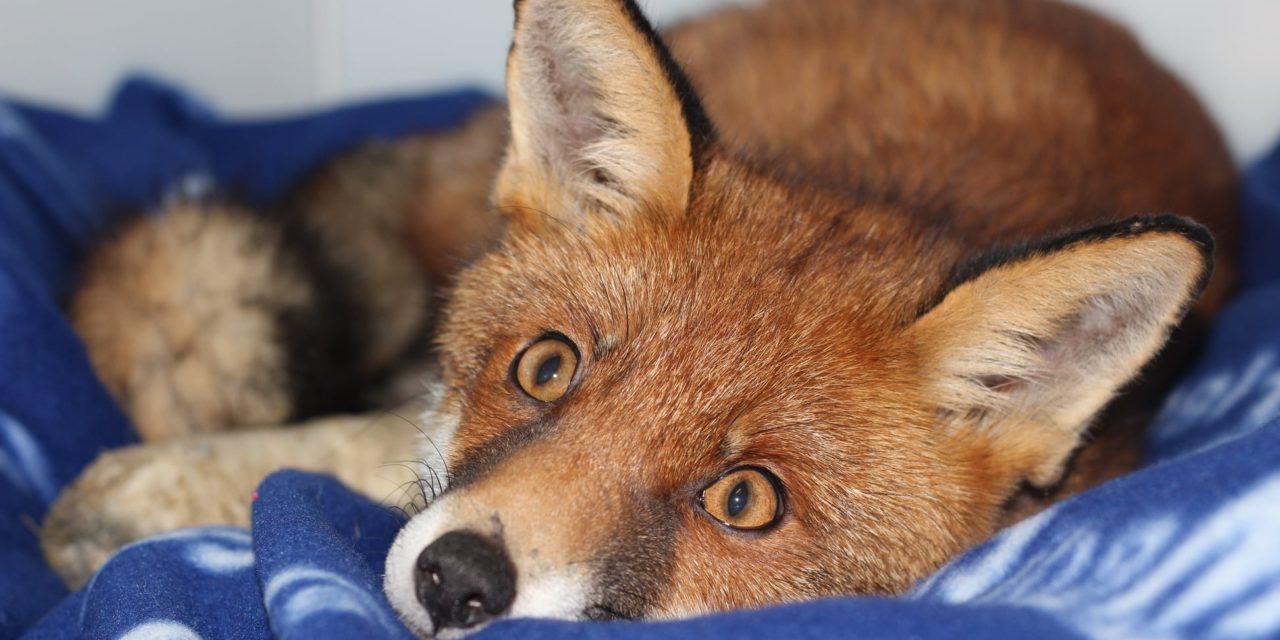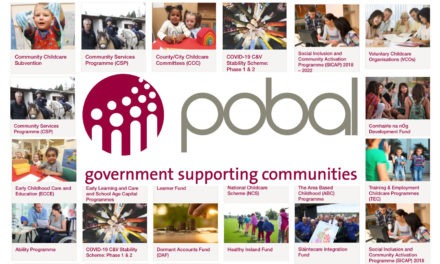“My time volunteering is mostly spent in the ICU, cleaning hedgehog homes and doling out regular feedings to birds.” – Grace Barrett reports on her visit to Ireland’s first wildlife hospital, in Meath.
The door of the intensive care unit bursts open and its newest patient is rushed in, flanked by two hospital staff. Except in this case, the patient is in a cage, not on a gurney, and its carers are not doctors. The patient is an injured fox, and he has just been admitted to Ireland’s first wildlife hospital in Meath.
Unlike the hushed environment of a typical ICU, this intensive care unit features the sounds of birds cheeping and the shuffling of hedgehogs moving towards their feeding trays.
Volunteering there for a day, I have a unique insight into the day-to-day operations of a unique facility. The hospital opened during the pandemic in February of this year, using the grounds of a pub in Garlow Cross, just outside Navan, whose owners had shuttered its doors and offered them the space during Covid.
The hospital project, run by Wildlife Rehabilitation Ireland (WRI) was an idea formed over several years, as licensed rehabilitators around the country were inundated with an increasing number of calls. With the opening of the hospital, many wildlife casualties can be directed to Meath. Their mission is to save the lives of thousands of sick and wild animals in Ireland every year. The UK has five dedicated wildlife rehabilitation hospitals. In Ireland, we now have one and it is fully reliant on public funding to stay open.
The hospital is entirely staffed with volunteers, and the value of community contributions are widely felt as I join their ranks for a day. The spirit of camaraderie is ever present, and everyone mucks in – literally- and is quick to help others with the assorted tasks at hand. Volunteers come from a wide variety of academic backgrounds, but practical experience is what is prized and what is gained at the hospital.
The need for its existence is obvious. Space for injured animals is at a premium, and visitors arrive with injured animals at the front gates throughout the day.

• Volunteers urgently needed – contact details below.
My time volunteering is mostly spent in the ICU, cleaning hedgehog homes and doling out regular feedings to birds. One becomes all too aware too soon of the dangers of hedgehog spines and the claws of enthusiastic birds. I am kindly shown how to hold a hedgehog in a towel to protect my hands. Moments later, Dan Donoher, the hospital’s/WRI’s Animal Manager and something of an animal whisperer, picks up a hedgehog delicately and easily without any need for gloves. He’s similarly gifted with all other animals on the premises, and is often dispatched to lead on transfers of animals to new housing and for releases back into the wild.

One of the first rules I come to understand is that wildlife are wildlife. Read: this is not a zoo, and volunteers must be careful to not ingratiate themselves by speaking with or petting the animals. They are supposed to remain afraid of humans, and any easy familiarity that could develop towards us could dull their sense for danger when they are returned to the wild. When peering into the cage of two adorable baby foxes, it takes all my reserves of strength to resist the urge to coo at them. The older fox admitted earlier that day to the ICU with a head injury is now resting in his cage, the light in the room blocked out with newspaper to give him some peace to sleep.
Stables out back have been converted into further hospital “rooms” for animals on the mend and in less serious need of attention. A chalkboard in front of each stable lists the number and types of animal patients present, with medical charts attached to their pens and cages. At this time of year, the hospital is populated with young offspring abandoned by their parents. There are baby chicks, the aforementioned foxes and hedgehog community, badgers, rabbits, and a wide variety of bird species in care. A cuckoo has been housed in one of the stables, medical chart on display. It is the hospital’s aim to provide care for every native Irish wildlife species.

Volunteering brings an awareness of one’s natural environment and the significance of making a contribution to conservation. Just one day as a volunteer gave me a broader understanding of Ireland’s wildlife community then I’d learned in years. Volunteering for any cause brings a sense of calm and unity. The focus is on the practical task at hand, and the team of people around you.
The hospital is in need of support and I’d recommend anyone to take part in this important initiative. Hopefully bringing more and more attention to the needs of our wildlife population will lead to formal and regular funding from our government.
First responders needed
- Some volunteeer positions urgently need filling, such as: volunteer projects co-ordinator, wildlife education office, social media, transport provider.
- They also have volunteer opportunities in animal care, transport, first responders/rescue, maintenance, fundraising and administration.
- To find out more about volunteering with WRI visit:






